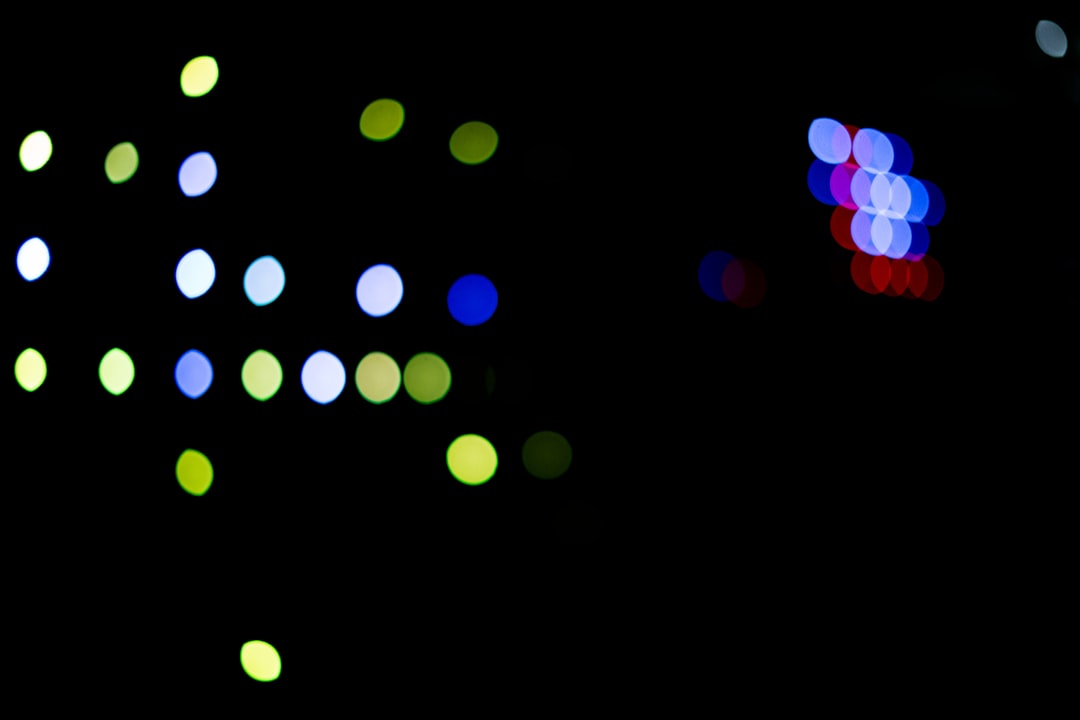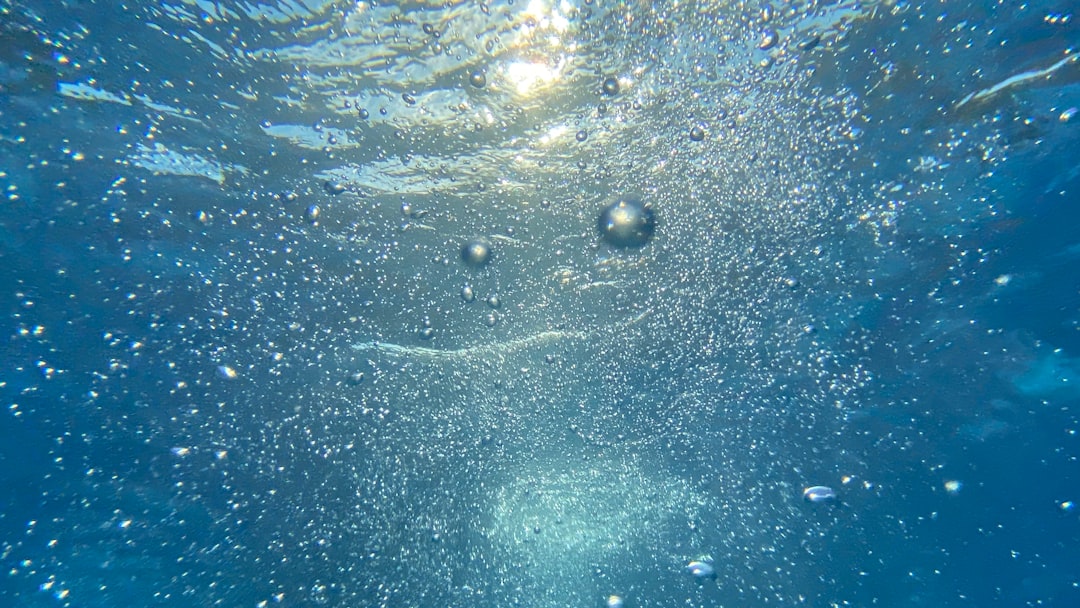What is it about?
Considering indium scarcity, the end-of-life (EOL) LCD, which accounts for up to 90% of market share can be a feasible secondary resource upon successful recycling. In the preferred hydrometallurgical process of such critical metals, leaching is the essential primary and essential phase has been investigated. In this process, LCD was mechanically separated along with other parts from EOL TVs through a smartly engineered process developed at our institute, Institute for Advanced Engineering (IAE), the Republic of Korea. After removing plastics and metals from the LCD, it was mechanically shredded for size reduction. The mechanically shredded LCD waste was leached with HCl for recovery of indium. Possible leaching parameters such as; effect of acid concentration, pulp density, temperature and effect of oxidant H2O2 concentration were investigated to identify the best conditions for indium extraction. Indium (76.16 x 10-3 g/L) and tin (10.24 x 10-3 g/L) leaching was achieved at their optimum condition, i.e. lixiviant of 5 M HCl, a pulp density of 500 g/L, temperature 75 0C, agitation speed of 400 rpm and time for 120 min. At optimum condition the glass, plastic and the valuable metal indium have completely been separated. From indium enriched leach liquor indium can be purified and recovered through hydrometallurgy.
Featured Image
Why is it important?
• Indium rich ITO bearing End-of-life LCD panels leached for value recovery. • Indium is completely extracted with 5 M HCl at 75 °C. • Leaching parameters are optimized for the efficient recovery of indium. • An efficient cradle to cradle waste management process for the circular economy.
Perspectives
The indium rich ITO bearing waste LCD glass can be leached easily by a cost effective method using HCl as lixiviant. Indium (76.16 x 10-3 g/L) and tin (10.24 x 10-3 g/L) leaching was achieved at their optimum condition, i.e., lixiviant of 5 M HCl, a pulp density of 500 g/L, temperature 75 0C, H2O2 of 10 v/v %, agitation speed of 400 rpm and time for 120 min. Indium rich LCD waste glass can be leached quantitatively. A cost effective, environment friendly hydrometallurgy process can be developed for the recycling of the indium rich ITO bearing waste LCD glass. It was observed from the experiments and kinetic analysis that, the kinetic model: C_t=C_max (1-〖exp〗^(-kt)) was the most suitable to describe the leaching process of the indium rich ITO bearing waste LCD glass in the HCl solution. Integrating current leaching process with our reported commercial indium recovery process can be a sustainable and practical application of cradle to cradle technology management and circular economy. The proposed leaching process is a sustainable and clean technology, as minimum energy and no hazardous chemicals were used for processing.
Dr Basudev Swain
Institute for Advanced Engineering (IAE)
Read the Original
This page is a summary of: Beneficiation and recovery of indium from liquid-crystal-display glass by hydrometallurgy, Waste Management, November 2016, Elsevier,
DOI: 10.1016/j.wasman.2016.02.019.
You can read the full text:
Contributors
The following have contributed to this page










